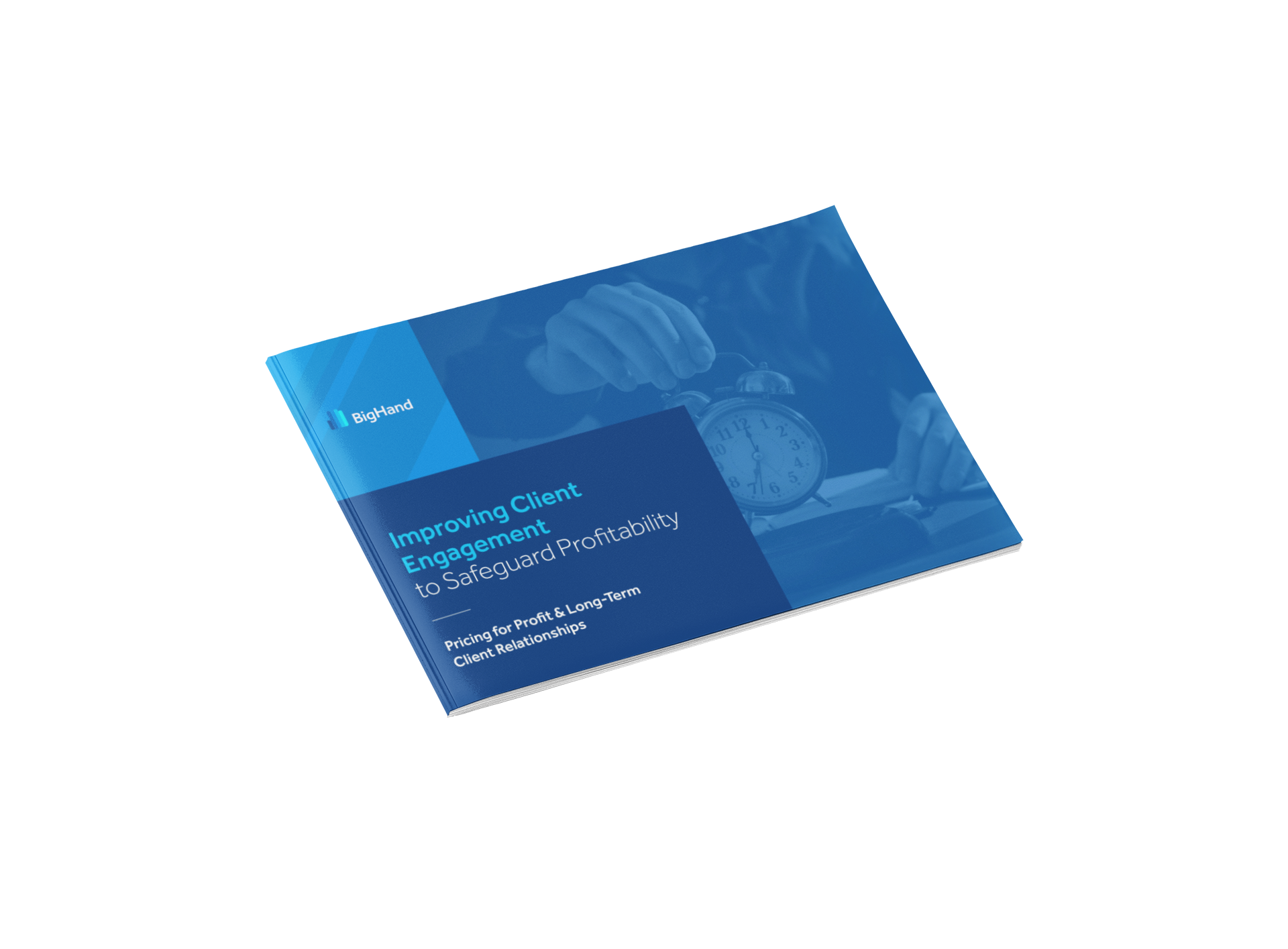Law firms have experienced a tumultuous couple of years. As we reported last year, firms experienced a drop in billable hours (by 6% in NA and 15% in UK) during 2020 due mainly to partners undertaking more unbillable, low value and admin work. With the economic upsurge towards the end of 2021 and early 2022, the market experience strong demand, with gross revenue growth. However, the war in Ukraine combined with global economic factors created a strong reversal in fortune towards the latter half of 2022, leading to a very mixed picture for the legal sector.
As a result, while the majority of firms (59% of NA, 64% of UK) reported an increase in billable hours over the past 12 months, market data is building to indicate a slowdown, especially in certain practice areas. Mergers & Acquisitions and Corporate Finance in particular have been hardest hit.
This variance across practice areas is confirmed by the BigHand results, with almost a quarter (24%) of NA and 25% of UK firms reporting billable hours have decreased by more than 10% in the past 12 months. At the same time, of course, costs have increased. From escalating lawyers’ salaries to operating costs such as electricity and premises, few firms would have forecast the high levels of inflation in both North America and Europe, creating significant pressures on profit margin.
Billable Hours Targets
As a result, it is no surprise to see firms increasing lawyers’ billable hour targets across the board (96% of NA and 97% of UK). For almost half of firms (44% of NA, 47% of UK), targets have increased by more than 10% in the past year. If the focus is on billable hours alone, firms may not be getting the complete picture. Firms should be looking at the quality of these hours: what is the level of write-offs, how many hours were at a discounted rate, what have we been able to collect, and finally what is the effective billing rate of the matter? These key metrics layered on top of the billable hours give the firm a measure of the quality of the billable hour, and the likelihood to collect.
With both clients and market sectors affected more significantly than others, firms have the opportunity to create a more nuanced approach to pricing. The ability to respond to changes in client behavior – such as demand, payment and request for discounts – should not only highlight possible client concerns but also drive the creation of flexible pricing models which should minimize the risk of expensive write-offs.
Certainly, the continued increase in billing write-offs should be a concern. Three quarters (75%) of NA and 64% of UK firms confirm that write- offs increased in the last year - with 55% of NA, 49% of UK firms confirming that write-offs have increased by more than 10%. These figures are even more concerning when last year’s results are considered: in 2021, write-offs were up for 94% of NA and UK firms. The year-on-year impact on the bottom line is significant.

As this research shows, just a handful of firms has turned the tide of write-offs, with the rest of the market still experiencing significant client push back. Given the economic factors now affecting all businesses, especially the escalating cost base, this level of write-offs is likely to increase and have an even greater impact on firm profitability.
Declining Profitability
The impact of reduced demand, escalating write-offs, and other notably causes of profit leakage such as discounting, as well as rising costs, is visible in the latest market performance figures. According to Reuters, profits are declining, with a 3.6% decline in profits per lawyer, quarter over quarter.
Practically speaking this is a small decline given the extraordinary increase in underlying costs and the push back from clients facing the same profitability challenges, however, an important consideration is how this drop will affect different departments. The tough cost control measures implemented by many firms in recent years have helped stem a downward spiral. Any slowing in demand is a worrying trend for law firms, especially given the continued escalation in lawyers’ salaries which will affect profit margins.
Given the expected economic difficulties globally throughout 2023 and into 2024, profit will come under increasing pressure. Delayed payments, discounts, write-offs, even client failure can quickly escalate during a time of recession. If firms are looking to maximize the value of the hours worked, it is essential that lawyers understand the various levers within their control. These include: an embrace of a financial mindset, frequent and meaningful communication with their clients, the use of technology and a collaborative interaction with pricing teams. All or any combination of these will increase the likelihood of collecting fully the time worked, therefore preserving profitability.








